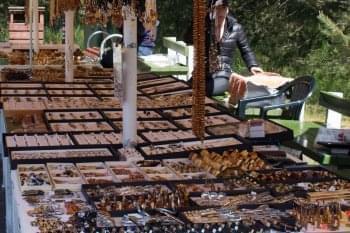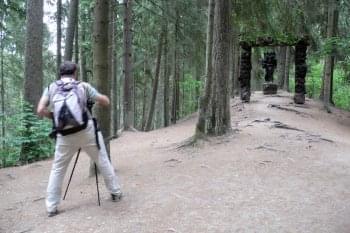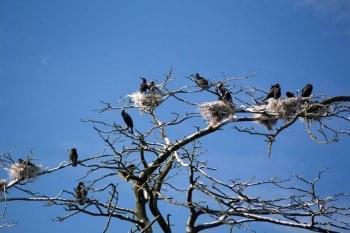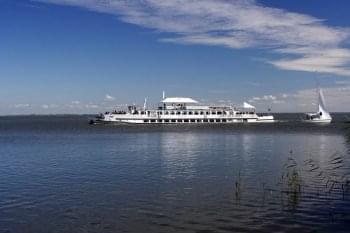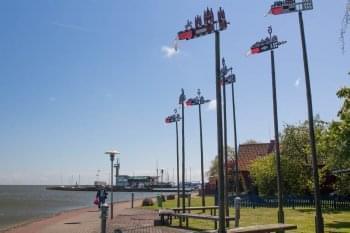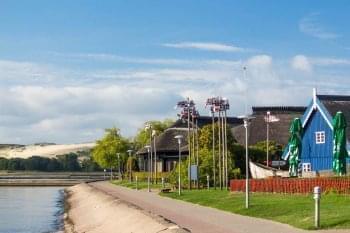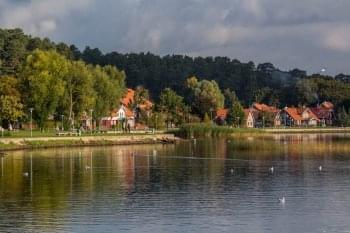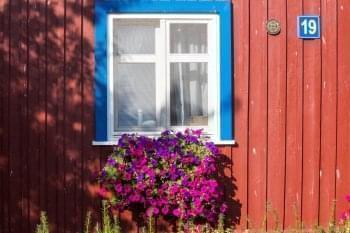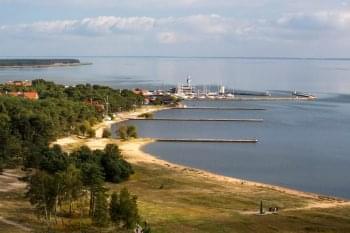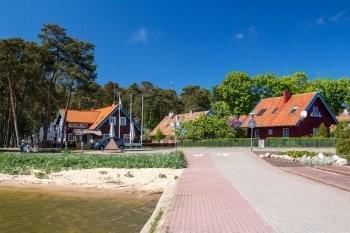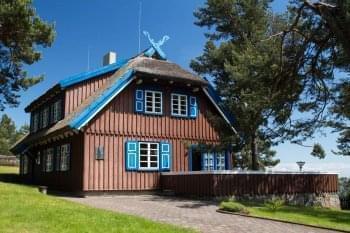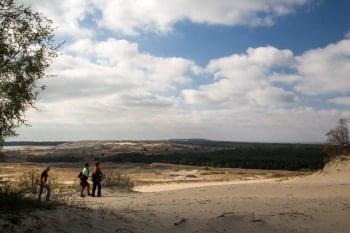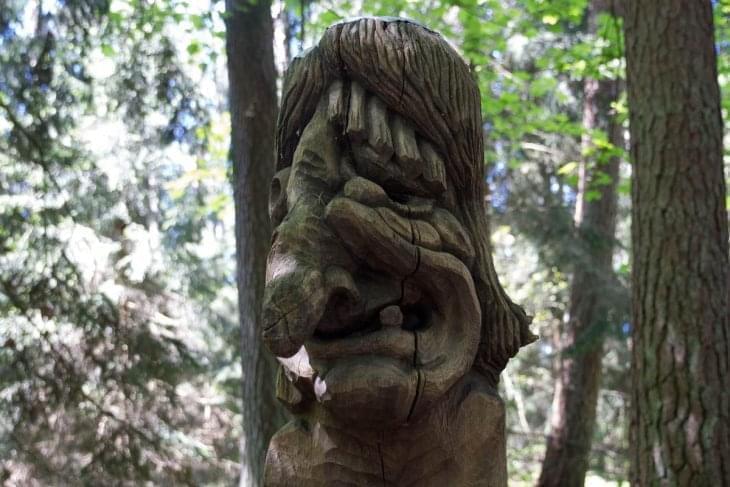6 hour tour to Neringa National Park
The Curonian Spit and Neringa National Park are just a short ferry boat crossing from Klaipeda. Sightseeing includes a walk on the Hill of Witches, exhibiting wooden sculptures based on Lithuanian legends and folk tales, an excursion to Nida, a small quiet fishermen's village famous for its majestic dunes, some up to 60 meters high, visiting the famous German writer Thomas Mann's House, neo-gothic church, old ethnographic cemetery, and a private Amber Gallery.
The Curonian Spit is not only Lithuania's most beguiling landscape but also its youngest, having been formed some 5000 years ago. The Spit was created by the sea, wind, and human activity and continues to be shaped by them. Initially, its settlements lay in different locations, but due to strong winds and shifting sands, they had to move from one place to another.
The place was first documented by Teutonic Knights in the 15th century and remained under the Germans until 1923, when it fell into Lithuanian hands. From the late 19th century, the dune landscape around Nida became popular with landscape and animal painters from the Kunstakademie Königsberg arts school. The local inn of Herman Blode was the nucleus of the expressionist artists' colony. Following World War II, the German-occupied Lithuanian part of the spit was restored to Lithuania, while the remainder fell to Russia. In the 1970s, Nida, together with three other towns of Neringa municipality (Juodkrantė, Preila, and Pervalka), was reserved as a by-invitation-only holiday resort with a controlled entry regime and accommodation reserved almost exclusively for the soviet communist party and government elite. Thanks to stringent planning regulations, a ban on industrial development, and more generous municipal subsidies, it remains an unspoiled and clean territory.
This sightseeing tour begins and ends in Klaipeda.
